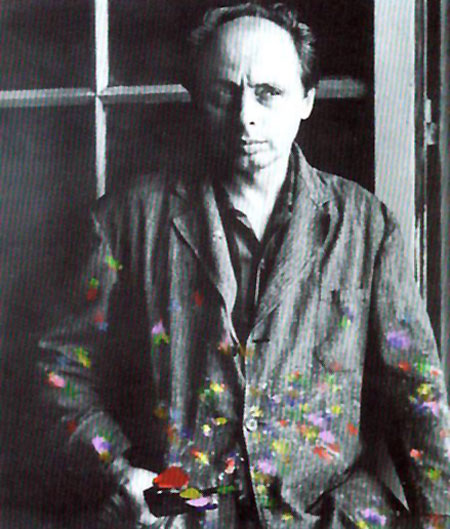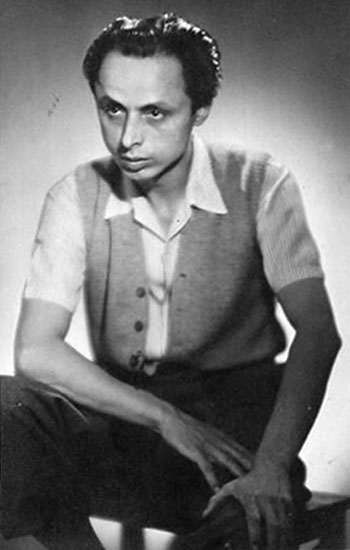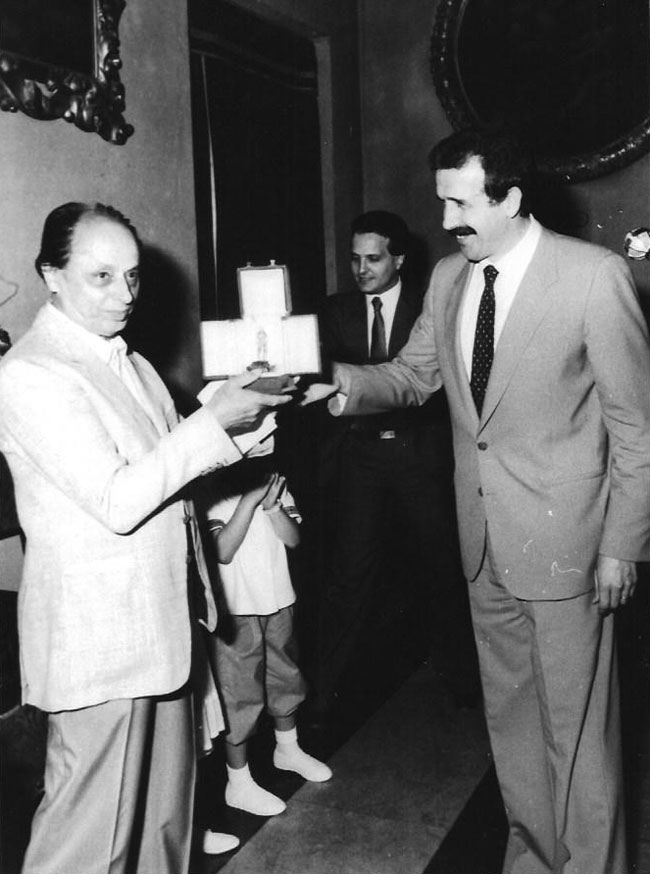Preambolo e breve biografia
 Aldo Borgonzoni (Medicina, 12 giugno 1913 – Bologna, 17 febbraio 2004) è stato un artista assai generoso e prolifico, sia nell’espressione visiva, sia in quella letteraria, in particolare a carattere autobiografico.
Aldo Borgonzoni (Medicina, 12 giugno 1913 – Bologna, 17 febbraio 2004) è stato un artista assai generoso e prolifico, sia nell’espressione visiva, sia in quella letteraria, in particolare a carattere autobiografico.
Il Centenario della nascita a lui dedicato vuol soprattutto celebrare e rivelare compiutamente la sua statura artistica nella sua complessità, sfaccettata, colorata e cangiante come caleidoscopico poliedro, evocata dalla versatilità e limpidezza ideologica della narrazione delle sue parole e dei suoi dipinti; e sempre rivolta alla comprensione e alla rappresentazione del paesaggio emotivo dell’essere umano di fronte alle grandi prove: la povertà, le guerre, le tensioni spirituali.

In occasione del ricevimento dell’onorificenza del Nettuno d’Oro della città di Bologna, il 10 giugno 1983, Aldo Borgonzoni scrisse, all’allora Sindaco Renzo Imbeni, la significativa testimonianza autobiografica:
“Ill.mo Sig. Sindaco, ringrazio Lei l’Amministrazione Comunale, gli amici presenti per il riconoscimento. La mia è una esperienza artistica che si sviluppa in oltre 50 anni di storia italiana, ricca di profondi mutamenti ai quali ho partecipato mai dimenticando l’area culturale “Padana” e le radici della mia comunità.
I braccianti e le mondine di Medicina, la Bonifica Renana attuata con gli strumenti semplici del lavoro: la vanga, il badile, la carriola.
Gli scioperi soffocati dall’avvento del fascismo, la volontà di riscatto dall’emarginazione che solo parzialmente ha trovato risposta nella realtà post-Industriale degli anni ’80.
Nel 1930 mi trasferisco a Bologna, la seconda città del Papato, sapiente, codina, bonaria.
 Le memorie controriformistiche di Guido Reni aleggiavano ancora su una cultura che nel gusto estetico cercava rifugio. Molti artisti avevano già aderito al “Manifesto degli intellettuali fascisti” del filosofo Giovanni Gentile. Il potere aveva creato, anche nel settore delle arti, una efficiente ed onnivera [sic!] macchina burocratica, assorbendo i movimenti del primo ventennio: il Futurismo, il Surrealismo e il Novecento.
Le memorie controriformistiche di Guido Reni aleggiavano ancora su una cultura che nel gusto estetico cercava rifugio. Molti artisti avevano già aderito al “Manifesto degli intellettuali fascisti” del filosofo Giovanni Gentile. Il potere aveva creato, anche nel settore delle arti, una efficiente ed onnivera [sic!] macchina burocratica, assorbendo i movimenti del primo ventennio: il Futurismo, il Surrealismo e il Novecento.
Nel ’33 entro nella Selezione Fiorentina del premio Hollander a Palazzo strozzi e in seguito partecipo, con i più interessanti esponenti della mia generazione, alle rassegne del Sindacato Fascista delle Arti, quale unica e limitata occasione di incontro e dibattito. In questa difficile situazione stabilisco rapporti di amicizia con Corsi, Guidi, Morandi, e con i critici Arcangeli e Lonchi [sic! Longhi].
La mia linea artistica, attraverso documenti e viaggi, si andava delineando.
Alla pittura educata e digestiva contrapponevo una pittura densa, astiosa, di radice espressionistica che trovava riferimenti storici in Vitale da Bologna, Annibale Carracci, Maria Crespi e nel coevo gruppo romano di Scipione e Mafai e nel gruppo milanese di Corrente con il quale mi confrontavo partecipando nel ’42 al Premio Bergamo.
Intanto a Bologna, negli anni decisivi del conflitto mi incontro con gli esponenti dell’antifascismo militante, Orlando Argentesi e Giovanni Bottonelli che aggiungono contenuti e motivazioni politiche al mio ribellismo."






